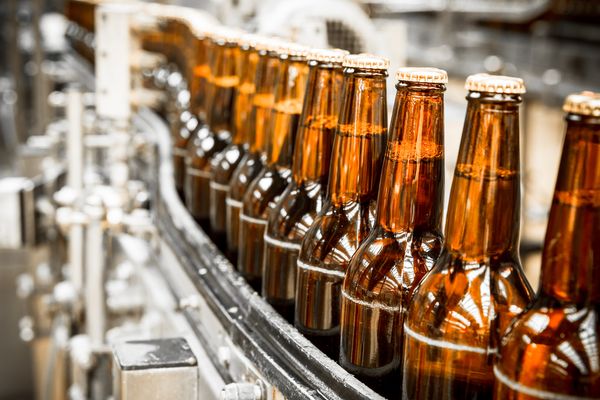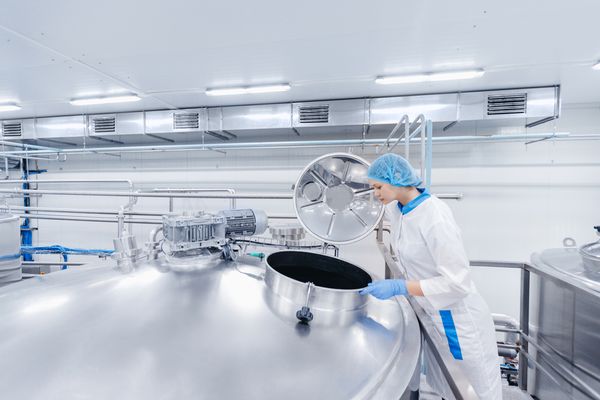The Steam Boiler and Beer Production Process

Steam Boiler and Beer Production Process (Photo: momente)
Do you know how crucial a steam boiler is in the beer production process? If you're a beer enthusiast, you'll recognize that the steam boiler is an indispensable device in the production of this beverage.
A steam boiler is a device used to generate steam by burning fuel such as coal, oil, gas, or electricity. Steam from the boiler has various applications in industries, but it plays a particularly vital role in beer production.
Let's explore how the steam boiler contributes to making the beer production process more efficient and seamless!
1. Wort Boiling:
This is the first step in the beer production process. Wort boiling involves adding crushed grains to hot water and boiling. The purpose of this step is to extract substances from the grains and hops into the solution, creating wort—the main ingredient for fermenting beer.
Steam from the boiler is used to rapidly and efficiently boil the wort. The high temperature and pressure from the steam help the wort achieve the necessary boiling point to extract maximum flavors from the grains and hops.

Female engineer checking wort temperature (Photo: Parilov)
The boiling temperature of wort usually ranges from 90 to 100 degrees Celsius. The use of a steam boiler allows precise temperature control, ensuring the wort is fully cooked, resulting in a flavorful beer. In a medium-sized brewery, a steam boiler can generate enough steam to boil 1000 liters of wort within an hour.
2. Wort Filtration:
After boiling, the wort needs to be filtered to remove impurities such as grain husks and hop residues. Wort filtration produces a clear and clean wort solution ready for the fermentation process.
The steam boiler provides steam to maintain the wort temperature during filtration, making it easier for the wort to flow through filters and ensuring the best filtration efficiency. A temperature of 70 degrees Celsius is ideal for the wort filtration process.
3. Wort Cooling:
Filtered wort needs to be cooled to the appropriate temperature for the fermentation process, typically between 18 to 22 degrees Celsius. Rapid wort cooling helps prevent the growth of harmful bacteria, ensuring proper fermentation and the best flavor of the beer.
4. Fermentation:
Yeast is added to the cooled wort to initiate the fermentation process. During this phase, yeast converts sugars in the wort into alcohol and CO2.

Vietnam consumes about 4.6 billion liters of beer per year (highest in Southeast Asia) - (Photo: DG FotoStock)
5. Beer Maturation:
After primary fermentation, beer is matured in containers to develop and enhance its flavor.
6. Filtration and Bottling:
The matured beer undergoes filtration to remove sediment and impurities before being bottled or canned for storage and consumption. The steam boiler supplies steam for sterilizing filtration and bottling equipment, ensuring that the beer is packaged in a hygienic and safe environment. Steam sterilization prevents bacterial growth, extending the beer's shelf life and ensuring consumer safety.
Conclusion:
The steam boiler plays a crucial role throughout the beer production process, from wort boiling to bottling. Steam from the boiler ensures beer quality, enhances production efficiency, and produces a delightful beer flavor. Choosing the right type of boiler is essential for beer and fermentation product manufacturers. Factors such as capacity, energy efficiency, and reliability should be considered when selecting a steam boiler. If you need any assistance in choosing a steam boiler, feel free to contact Naan for free consultation. Thank you for reading Naan's article.

